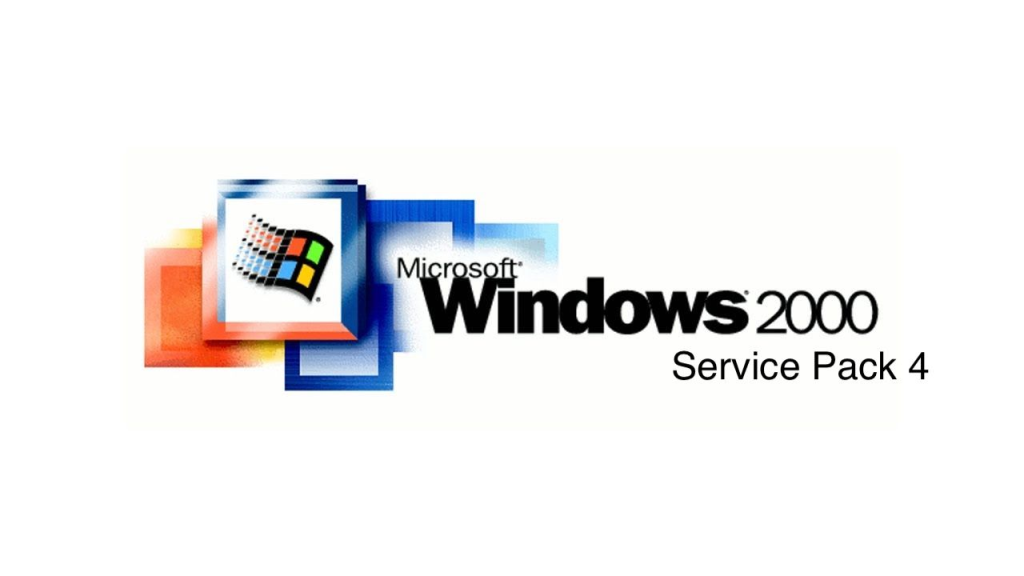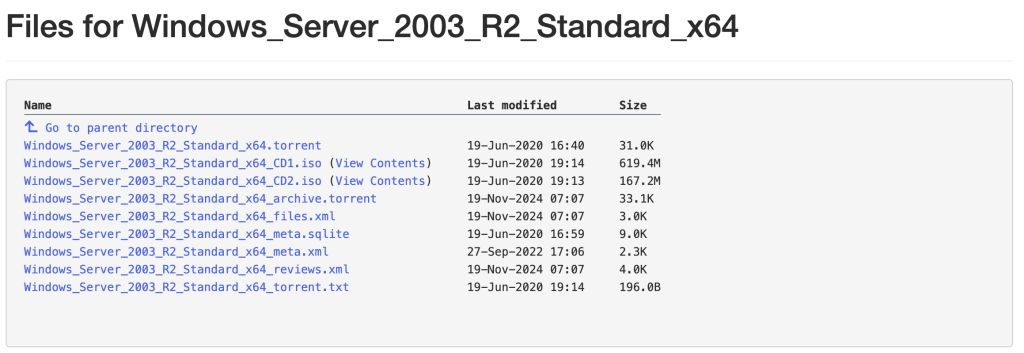Here’s an article that walks through an in-place upgrade of a Domain Controller from Windows Server 2000 to Windows Server 2003, including the Active Directory Schema update.

In-Place Upgrade from Windows Server 2000 to Windows Server 2003 with Active Directory Schema Update
Upgrading legacy systems is a critical step in maintaining a secure and manageable IT infrastructure. While Windows Server 2000 reached the end of support many years ago, some organizations may still operate legacy Domain Controllers. In this guide, we walk through the process of performing an in-place upgrade from Windows Server 2000 to Windows Server 2003, including the necessary Active Directory schema update.
⚠️ Note: Although Windows Server 2003 is also out of support, upgrading from 2000 to 2003 may be a transitional step before migrating to newer systems (e.g., Windows Server 2019/2022).
Prerequisites
Before starting the upgrade, ensure the following:
- You have a full system backup of the Windows 2000 Server.
- The server is running Windows 2000 Server with Service Pack 4.
- The Domain Controller has enough disk space and meets minimum hardware requirements for Windows Server 2003.
- You have the Windows Server 2003 installation media and a valid license key.
- All domain services are functioning properly (DNS, replication, etc.).
- The server is not running FSMO roles exclusively, or you’ve planned FSMO role handling appropriately.
Step 1: Check Forest and Domain Functional Level
Windows 2000 supports only Windows 2000 forest and domain functional levels. Windows Server 2003 can still operate in this mode but consider raising functional levels later if all DCs are upgraded.
Step 2: Prepare Active Directory Schema
You must update the Active Directory schema before upgrading the first Domain Controller. This is done from the Windows Server 2003 installation media.
Run adprep /forestprep
- Insert the Windows Server 2003 CD into a domain member or schema master.
- Navigate to:
D:\i386 - Run:
adprep /forestprep - You’ll be prompted to confirm. Type C and press Enter.
This operation must be done on the Schema Master. It prepares the forest for Windows Server 2003 domain controllers.
Run adprep /domainprep
After forestprep completes:
- Run:
adprep /domainprep - This prepares the domain for 2003 domain controllers. Run this on the Infrastructure Master or any domain controller.
Step 3: Verify Schema Upgrade
Use the following to check schema version:
- Open ADSIEDIT or run:
ldifde -f export.txt -d "cn=schema,cn=configuration,dc=yourdomain,dc=com" -l objectVersion - Look for
objectVersion:- Windows 2000: 13
- Windows Server 2003 RTM: 30
- Windows Server 2003 R2: 31
Step 4: Perform In-Place Upgrade
Start the Upgrade
- Boot into the existing Windows 2000 Server.
- Insert the Windows Server 2003 CD.
- Launch the setup from within Windows.
- Choose Upgrade (Recommended) when prompted.
- Follow the wizard steps:
- Enter the license key
- Accept the license agreement
- Select the partition (usually already selected)
- Confirm settings and proceed with upgrade
During Setup
- The system will reboot several times.
- Setup will detect the existing installation and upgrade accordingly.
- Monitor the process for driver compatibility messages or hardware warnings.
Step 5: Post-Upgrade Steps
After a successful upgrade:
- Log in and verify system functionality.
- Open Active Directory Users and Computers to confirm domain connectivity.
- Run:
dcdiag netdiag repadmin /replsummaryto validate health of the domain controller. - Ensure DNS is functioning.
- Reapply any custom GPOs, logon scripts, or startup scripts if needed.
Step 6: FSMO Roles and Additional DCs (Optional)
If this DC holds any FSMO roles, verify they are functional. You may consider:
- Transferring roles to newer DCs.
- Installing an additional Windows Server 2003 (or newer) DC and promoting it.
- Eventually demoting and decommissioning the upgraded 2003 DC as part of modernizing your domain.
Final Thoughts
While performing an in-place upgrade from Windows Server 2000 to 2003 is feasible, it’s recommended as a temporary measure. Use this process as a stepping stone to migrate to Windows Server 2016, 2019, or 2022, which offer enhanced security, support, and cloud integration.
If you need help planning or executing your Active Directory modernization, feel free to contact our team.
Windows Server 2003 ISO with Product Key
Windows Server 2003 Service Pack 2, x64 Editions – ISO-9660 CD Image File from Microsoft
https://www.microsoft.com/en-us/download/details.aspx?id=6905

Windows Server 2003 ISO with Product Key
Windows Server 2003 Service Pack 2, x64 Editions – ISO-9660 CD Image File

https://archive.org/details/WindowsServer2003https://archive.org/download/Windows_Server_2003_R2_Standard_x64
These ISOs are unmodified versions that were supplied to Technet Subscription subscribers.
Technet subscribers were given Microsoft license keys to use with the software but my uploads do not include license keys.
Microsoft terminated the Technet subscription programme in 2013.
I’ve supplied SHA1 hashes for all ISOs so you can check them against any other records from the time.
I hope these are useful for individuals or companies who have license keys and need to reinstall old but functional software rather than purchase new licenses.
A guide to the filenames:
- N edition: Satisfies a European Commission ruling by excluding bundled media software.
- KN edition: Satisfies a Korean Fair Trade Commission ruling by excluding bundled media software and includes links to competing media and messaging software.
- K edition: Satifies a Korean Fair Trade Commission ruling by including links to competing media and messaging software.
- x86 – 32bit version
- x64 – 64bit version
- SP1,SP2,SP3 – This ISO is the full version of the software including a pre-applied Service Pack, i.e. the ISO isn’t just a Service Pack.

Leave us your comemnts !